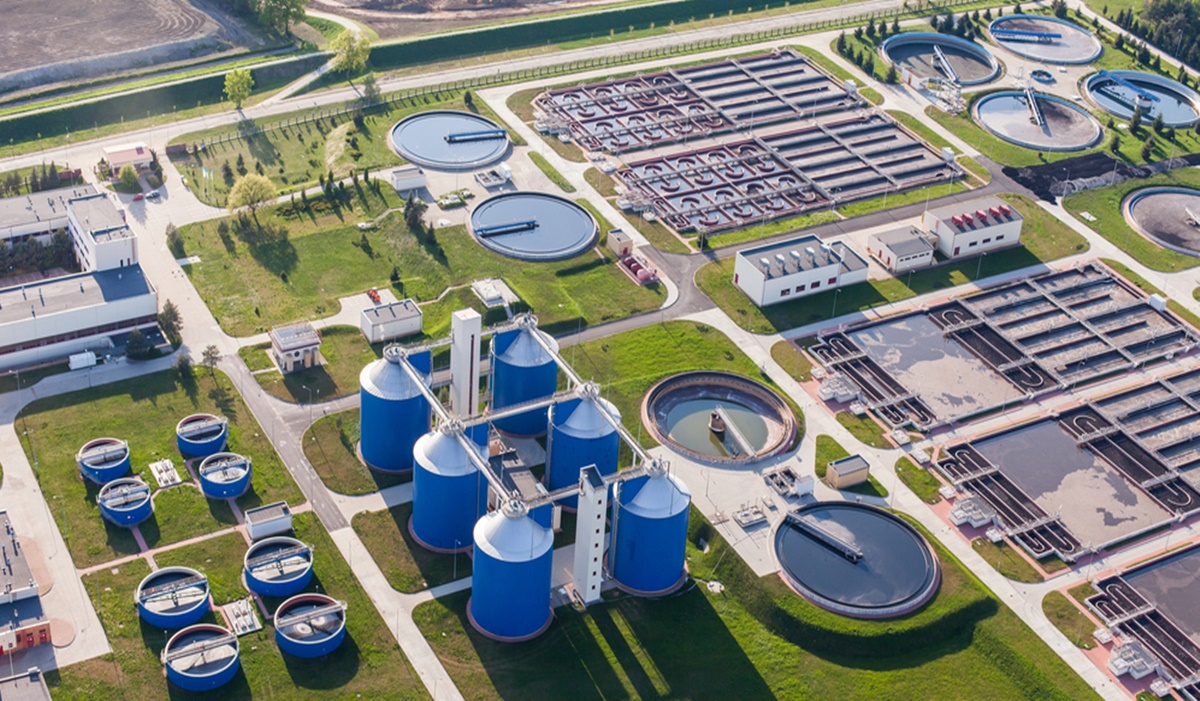Ever wondered Where Does the Wastewater goes after an easy Flush?
It goes to the sewage treatment plant and if it didn’t tons of things would occur like as an example the groundwater wouldn’t be reusable, the lakes will become contaminated and there would be heaps and tons of solid waste all across town if there was no Sewage Treatment Plant in place.
Your Sewage Should be Treated and here’s Why!
The importance of sewage treatment plant design is to withhold all the solids the maximum amount as possible and before the leaving water called an effluent is discharged to the environment. The solid matter decays it uses oxygen that’s needed by the water plants and animals.
Water Recycle
With the continued water scarcity in cities and towns the sole way ahead to treat the sewage water by sewage treatment plant in order that the non-hazardous water is often reused to extend the surface water or recharge the bottom table water.
Different ways of Sewage Treatment Plants work
As discussed earlier, there are 2 distinct sorts of treatment that are employed in modern treatment plants. We’ll describe these as “fixed biology” and “active sludge.”
Fixed Biology
Fixed biology treatment plants grow bacteria on some filter material. The filter material will often be many small plastic balls with grooves cut in to permit an outsized area. The massive area is vital because it allows much room for bacteria to colonize. With this sort of sewage treatment, water flows through the filter material, therefore the “food” involves the bacteria.
Active Sludge
Active sludge treatment plants (or activated sludge) don’t have filter material, instead, bacteria are inspired to grow freely within the water. Waste is introduced to the chamber and gets mixed with the bacteria. The bacteria bind to the food and start feeding upon it. Samples of Active sludge treatment plants is the Grand NSSTS
Pros and Cons of Active Sludge and Fixed Biology Treatment:
Both styles work all right within the treatment of wastewater.
Determining which is true for you isn’t the most consideration you ought to be making, strength of the tank, guarantees, noise levels, and aesthetics are belongings you should consider first.
However, active sludge systems have less of a capability to the dam if items like wet wipes get through the system, and there’s some suggestion that bacteria can last slightly longer with no food when growing on the filter material.
Netsol Water Solutions is the author of the blog, who is one of the best and leader of Sewage Treatment Plant Manufacturer, ZLD Plant Manufacturer, Effluent Treatment Plant, Commercial RO Plant, and Industrial RO Plant Manufacturer. If you have any inquiries or questions call on +91-9650608473 or write enquiry@netsolwater.com.

